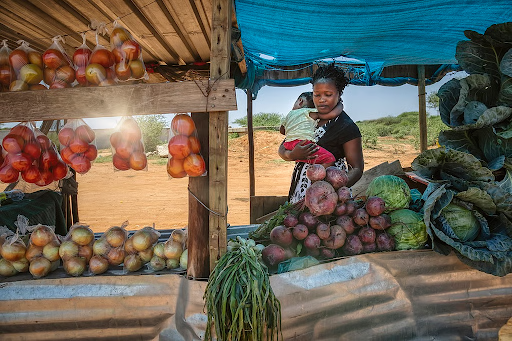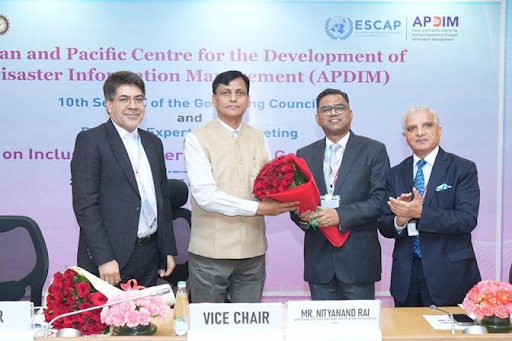



The 2025 Global Multidimensional Poverty Index highlights a “double burden” as 1.1 billion poor people face rising climate shocks. Nearly 80%—mostly in South Asia and Sub-Saharan Africa—endure floods, droughts, or heat. Despite India’s progress, gains remain fragile, demanding urgent integration of climate resilience into poverty strategies.

Copyright infringement not intended
Picture Courtesy: DOWNTOEARTH
The 2025 Global Multidimensional Poverty Index (MPI) report indicates that the world's poorest are highly susceptible to climate change, with nearly all impoverished individuals in South Asia experiencing at least one major climate shock.
It is released by the United Nations Development Programme (UNDP) and the Oxford Poverty and Human Development Initiative (OPHI).
It is a comprehensive measure that looks beyond income to capture how people experience poverty in their daily lives.
It identifies deprivations across three core dimensions, which are broken down into 10 specific indicators:
A person is considered multidimensionally poor if they are deprived in at least one-third of these weighted indicators.
Global Poverty Snapshot
1.1 billion people across 112 countries live in acute multidimensional poverty. Over half of them (584 million) are children under 18.
The Poverty-Climate Overlap
887 million multidimensionally poor people (nearly 8 out of 10) are directly exposed to at least one major climate hazard.
Multiple Shocks
651 million poor people face two or more hazards, and 309 million endure three or four, creating a "triple or quadruple burden" that severely amplifies their deprivations.
Geographical Hotspots
South Asia and Sub-Saharan Africa are the global epicenters of this crisis, with 380 million and 344 million poor people exposed to climate hazards, respectively.
South Asia's extreme vulnerability stems from a toxic mix of geography, high population density, and socio-economic factors.
High Exposure to Hazards
The report highlights that large areas of Bangladesh, India, and Pakistan face an acute mixture of poverty combined with intense heatwaves, devastating floods, and severe air pollution.
Livelihood Dependence on Climate
A large segment of the poor population depends on climate-sensitive sectors like agriculture and informal labour.
For them, a failed monsoon, a heatwave, or a flood directly translates into loss of income and food, pushing them deeper into poverty.
Limited Adaptive Capacity
Impoverished households have minimal savings, inadequate housing, and poor access to insurance or social safety nets
This limits their ability to cope with and recover from climate shocks, trapping them in a vicious cycle of poverty and vulnerability.
Climate change acts as a "poverty multiplier," directly worsening the deprivations measured by the MPI:
Poverty Reduction
Social Protection Schemes: India has implemented large-scale programs targeting key MPI indicators:
Climate Action and Legal Framework:
Source: DOWNTOEARTH
|
PRACTICE QUESTION Q. India's success in reducing multidimensional poverty is now threatened by the escalating climate crisis. Critically analyze. 250 words. |
The MPI is an international measure of acute poverty that assesses multiple deprivations faced by individuals at the household level across three dimensions: health, education, and standard of living. It goes beyond traditional income-based measures to provide a more complete picture of poverty.
The report is a collaborative effort between the United Nations Development Programme (UNDP) and the Oxford Poverty and Human Development Initiative (OPHI) at the University of Oxford.
The report notes a stagnation in poverty reduction since the COVID-19 pandemic, with many countries experiencing slow or reversed progress. Factors such as inflation, conflict, and climate disruptions have hampered development gains achieved before 2020.






© 2025 iasgyan. All right reserved